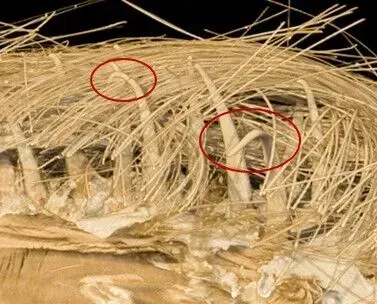Imagine you’re cooking noodles. Maggi is boiling in the water, and it should take about five minutes for it to be cooked before you can savor it. You decide to make a call to the electrician, informing him that you encountered a technical fault in the washing machine today. That call takes about three minutes. You wait for two more minutes and enjoy your dinner.
If someone were to log the tasks completed, they would observe you completed two. It will appear as if you were doing both simultaneously. But in reality, you’re simply context-switching fast enough to make it appear this way on a higher level. And this is exactly how computers work.
Computers are fascinating because of how quickly they can get things done. When having multiple things open on a system, we believe that it’s handling everything concurrently, which isn’t the case. Like humans, computers are designed to context-switch very efficiently. This is a typical case of biomimicry, wherein complex human problems are solved by emulating the designs and processes found in the natural world.
A single-core computer is designed to handle only one task (or thread) at a time. However, the CPU context switches between these threads so quickly that the user gets the impression of parallelism, i.e., as if multiple threads are running concurrently. This context-switching operation is specifically handled by the scheduler, a program that decides the time allocated for each thread.
When coming up with the idea for this blog post and doing more research, I realized that operating systems aren’t the simplest examples when it comes to biomimicry. Velcro is a fantastic example. When hunting with his dogs in the Alps, Swiss electrical engineer George de Mestral observed burrs on his dog’s fur. Burrs are small, prickly, or sticky seed pods or fruits that easily attach themselves. Upon further examination under a microscope, he noticed hooks that cling to fur. This led to the breakthrough invention that’s widely used today.
 Hooks of a Burr
Hooks of a Burr
There are plenty of such examples. The shape of bullet trains was inspired by kingfisher birds to reduce noise and improve aerodynamics. Butterfly wing structures inspired the designs for solar panels leading to more efficient solar capture. The hexagonal structures of honeycombs are used in aircraft designs to make them stronger and withstand impact.
These examples show just how much we can learn from nature. By looking to the natural world for inspiration, we come up with solutions that are smart, effective, and often more sustainable, proving that sometimes the best ideas are already out there, just waiting to be discovered in nature. So the next time you’re outside, let yourself wander, and stay curious! The solution to our next big technological breakthrough might be right there, waiting to be discovered in the flutter of a butterfly’s wing or the structure of a simple leaf. 😃